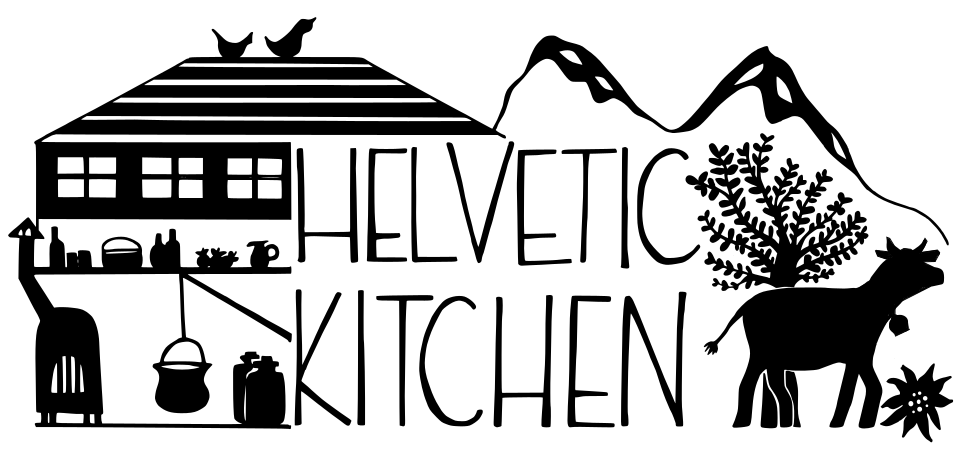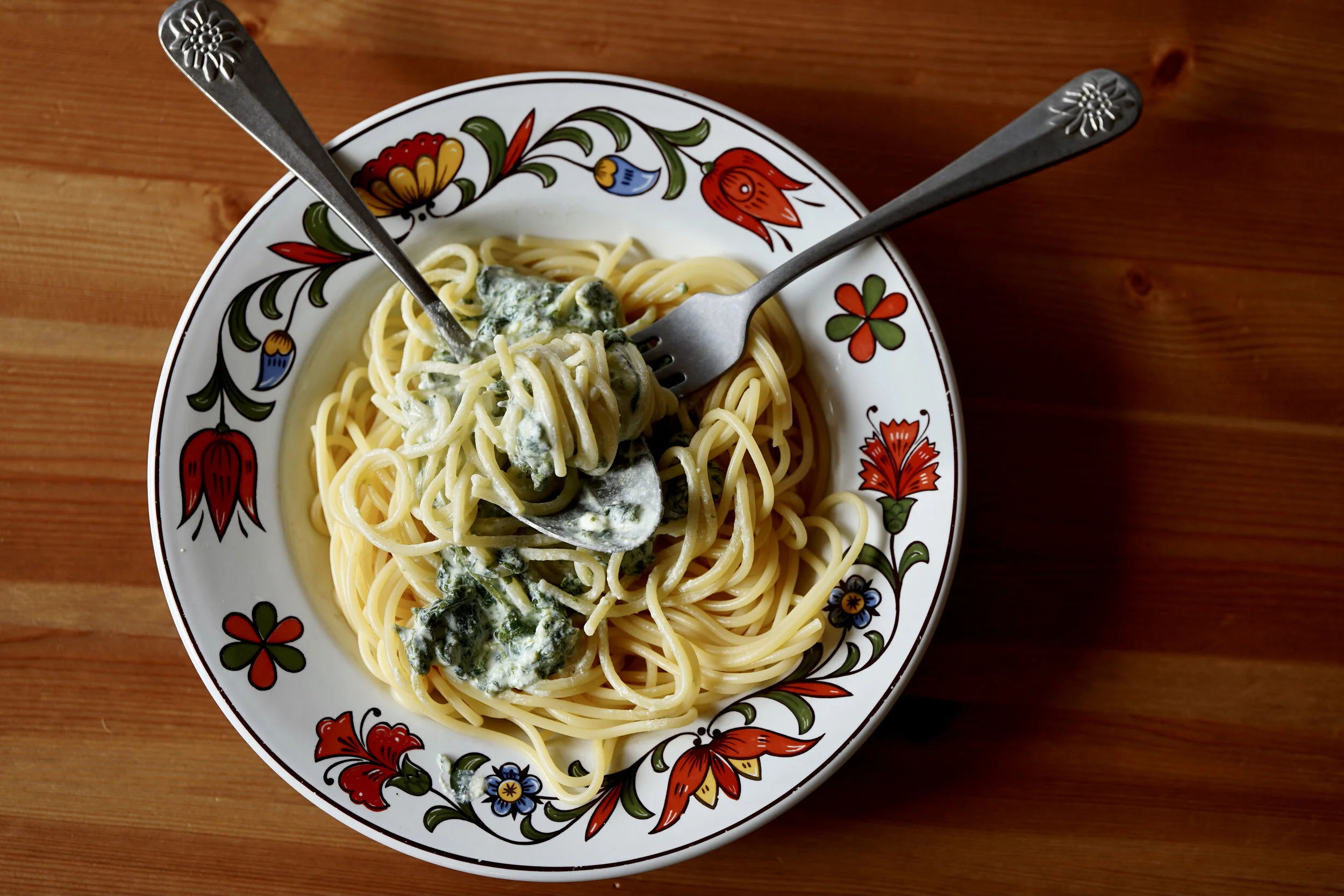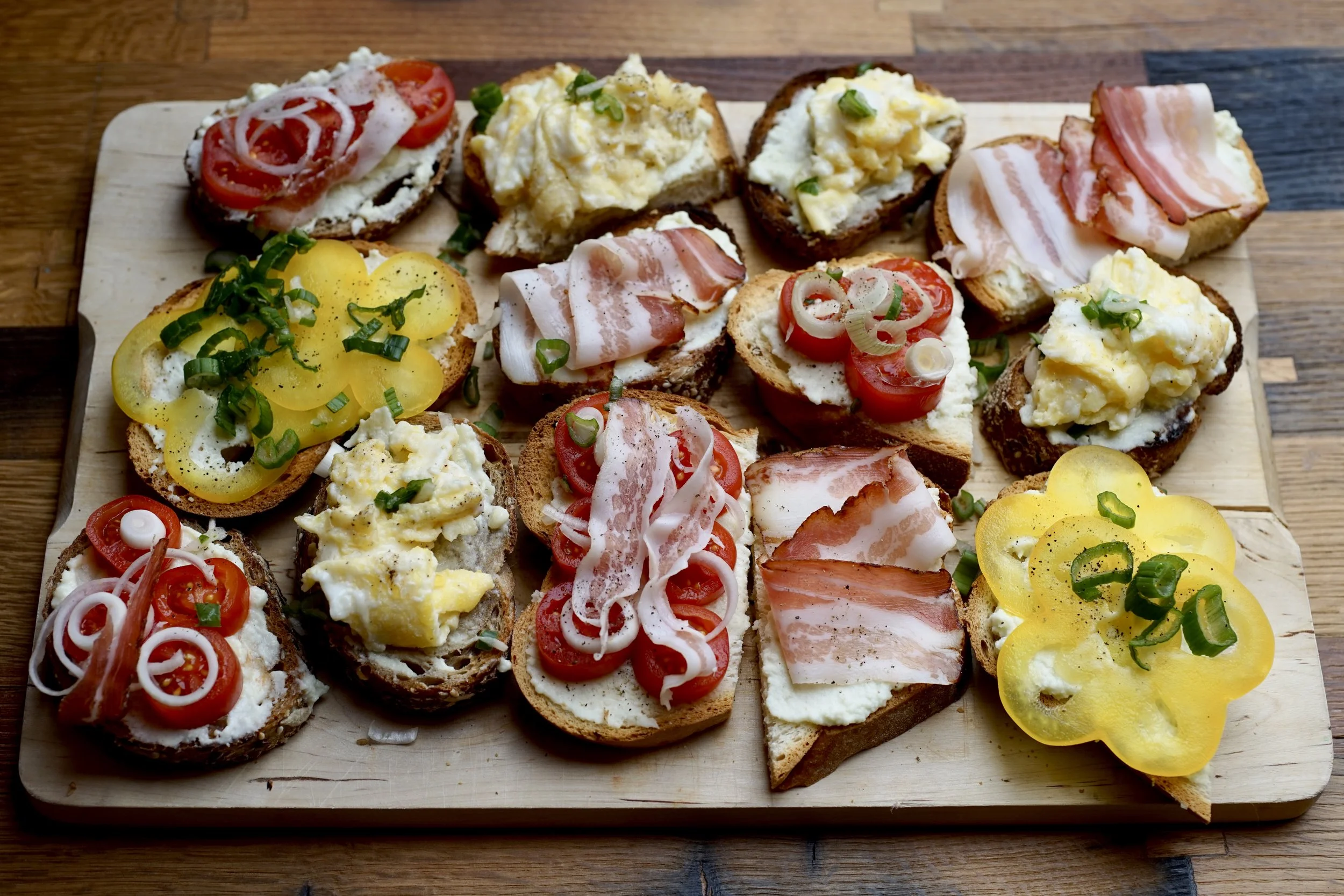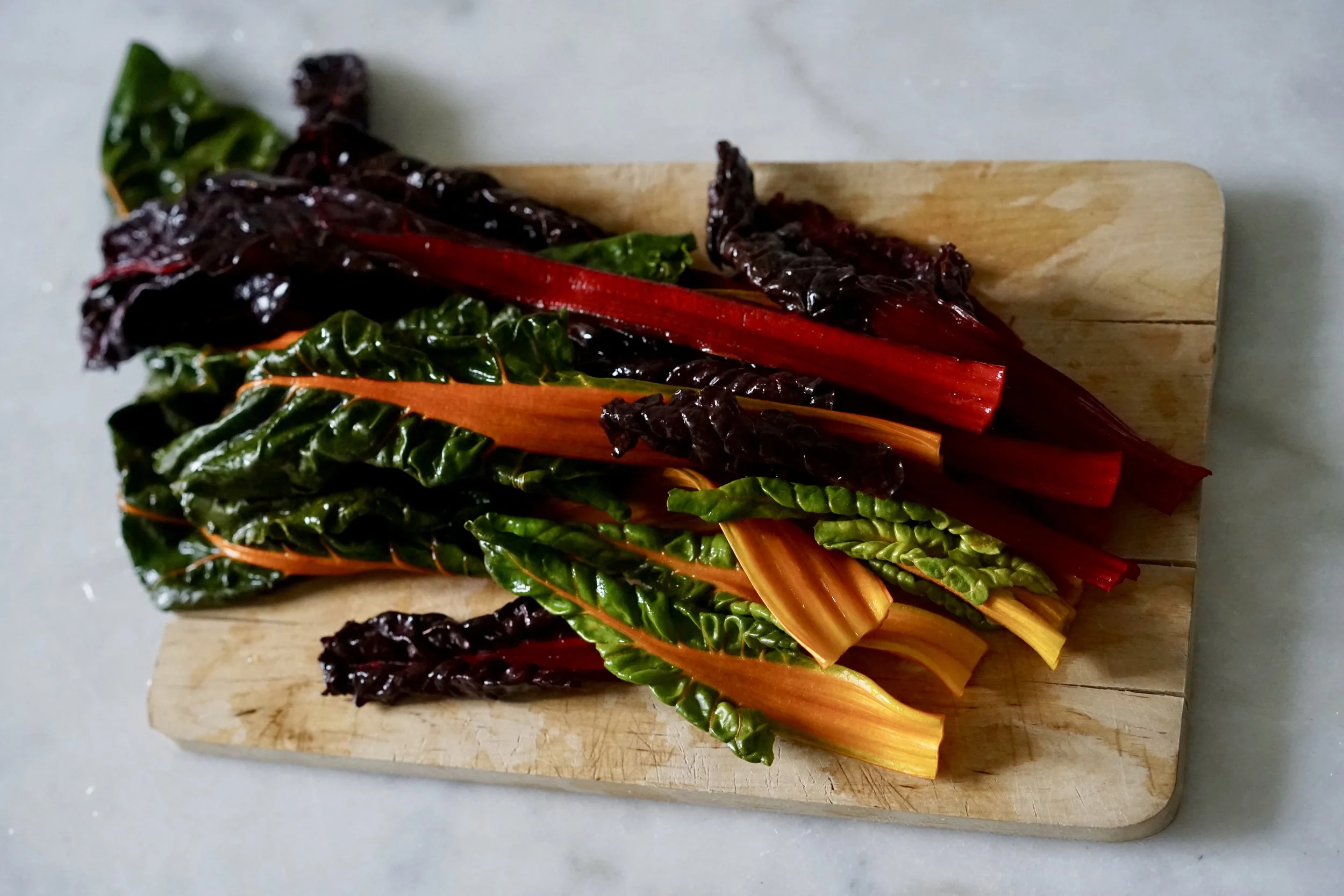Schabziger
Fridolin, patron saint of Glarus
Tucked next to the mammoth alpine wonderland of Graubunden, the tiny canton of Glarus has an equally beautiful landscape and proud culinary history. Although small, they are the canton with the most polarising contribution to Switzerland's cheese canon—Schabziger.
According to the Kulinarisches Erbe, the history of the cheese lies in Glarus' Säckingen Monastery and may date as far back as the ninth century, though it is first mentioned in writing in 1310. The people of Glarus were beholden to the monastery and paid tithes in the form of the white whey byproduct of cheese making, called Ziger. The nuns would then flavour and dry the cheese. They used blue fenugreek from their garden (thought to have been brought from the Middle East during the Crusades) to spice the cheese, giving it the characteristic green colour.
Schabziger is known as Switzerland's oldest protected brand. In 1463, Glarus held a Landsgemeinde, a council meeting in the town square where locals could vote on new laws by a show of hands (well, swords actually), which put forth the quality standards that were required for Schabziger to be so named, and mandated that the product be stamped with a seal of authenticity—the same one it has today.
The cheese is made exclusively in a factory in Glarus, and the nature of the production hasn't changed very much in the last hundred years. Of the 400 farms in the canton, 70 help to produce Schabziger. There is more information, as well as some great photos and a look inside the factory on the brand's website.
Although it has always primarily been consumed in Switzerland, the cheese has also been exported to many countries around the world. At the end of the seventeenth century, ten ships laden with the green cheese sailed to Holland and later envoys brought Schabziger to Germany, France, and Italy, as well as the UK and USA. In 2004, SRF reported that the company was trying to expand the market to Japan. There is a list of all the current export locations on the brand's website.
One of the main selling points, besides its historic origin, is its potential health benefit. The cheese is made with whey by-products that contain virtually no fat, and over the years there have been claims of improved digestion, protection against anemia, and lowering of blood pressure and blood sugar.
Regardless of what it might do, the taste of Schabziger is unique and for many, delicious.It can be mixed with butter to make a spread, tossed into fondue, or grated over pasta or vegetables. Some people don’t like its unusual aromatic flavour, but those who do will find an excuse to use it in almost any dish.












